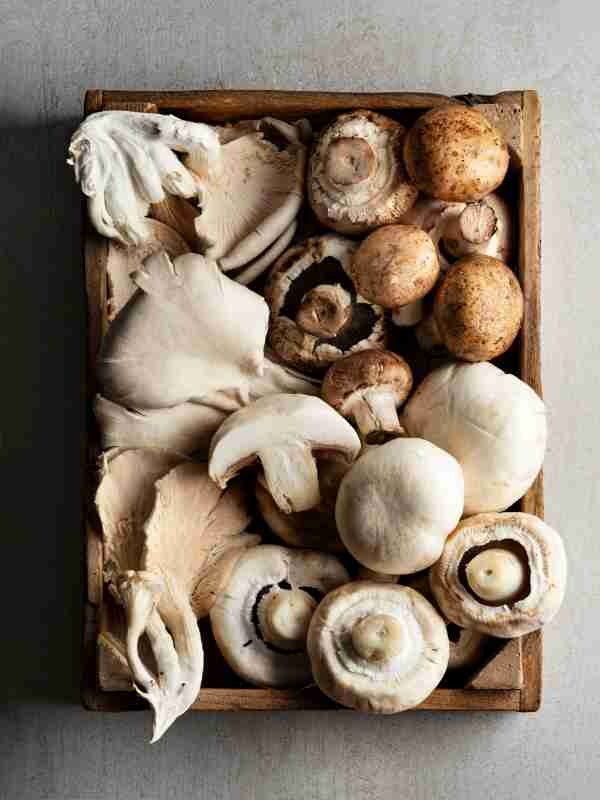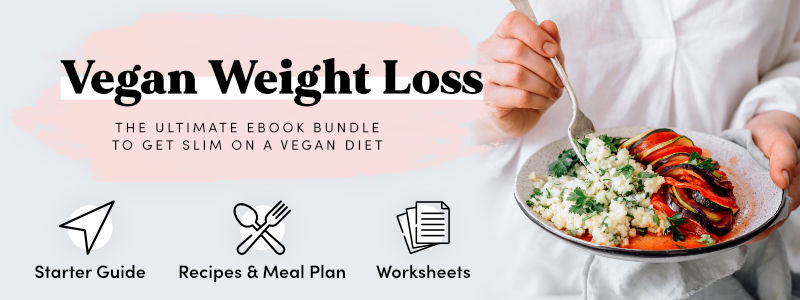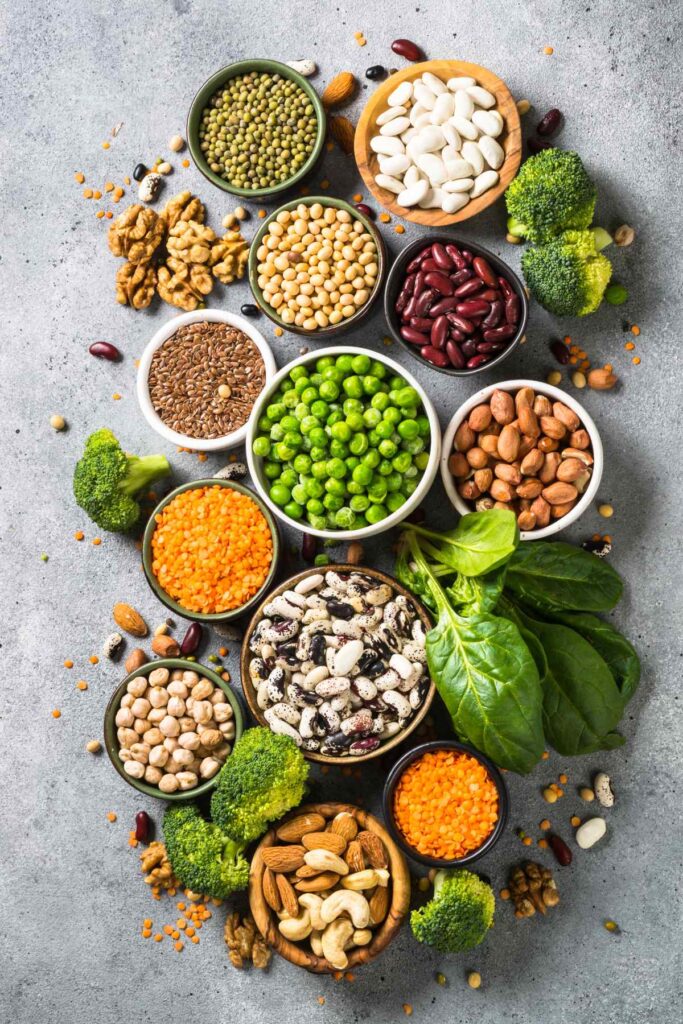In this post we look at what food are the best vegan protein sources, whether you are following a vegan, plant-based or flexitarian diet or just wishing to incorporate more plant foods into your diet.
There are lots of good protein sources from plant foods and here we discuss some of the best sources,
Plant based-diets and plant forward diets, vegan and vegetarian diets, and flexitarian style diets based around plant foods have become more popular in recent years. Many people are also looking to reduce their meat consumption for various reasons and add more meatless meals to their diets.
One of the concerns many people have is whether they can get enough protein in their diet when swapping out meat and swapping in plants.
Do Plants Contain Much Protein?
Some plant foods great sources of protein. Pulses such as beans, lentils and peas along with certain vegetables such as green leafy vegetables and broccoli can contain between 30% and 50% of their calories as protein.
It is true that animal products tend to be richer in protein than plants overall, however all animal protein ultimately comes from plants. Animals cannot make their own protein. Only plants can trap nitrogen from the soil, which is used to make amino acids, the building blocks of protein.
Advantages of plant-based protein sources
When we consider a protein source we must also consider the food that it is packaged in as well as the protein content. If we are getting the majority of our protein from animal sources such as red meat, especially fatty cuts of red meat, we are also going to be consuming more saturated fat and dietary cholesterol, which are linked to cardiovascular disease.
Eating less meat and substituting animal based foods as protein sources with plant-based foods, we are also getting more fibre in the diet, which is associated with numerous health benefits and a reduction in several chronic diseases.
Plant-based protein sources also contain phytonutrients such as polyphenols, carotenoids, and phytosterols that have been associated with promoting health through various means such as acting as anti-oxidants. They also contain other key nutrients such as vitamins and minerals.
Beans
Beans are an excellent source of protein-rich foods for those eating lots of plants in their diet. Beans such as black beans, kidney beans, pinto beans, cannellini beans and chickpeas are packed with protein, containing around 20 to 25% of their dry weight being made up of protein.
Although its different for different types of beans, this equates to around one quarter of the calories in beans coming from protein.
Lentils

Lentils are another excellent source of protein.
Lentils, such as red lentils, green lentils, yellow lentils and brown lentils are all high protein foods. Approximately one third of the calories of lentils are made up of protein.
Lentils are a very versatile food and can be great in soups, stews, curries, chilli and lots of other dishes. Unlike beans that can take a few hours to cook from dry, lentils often only require around 20 to 30 minute of cooking from dry.
Lentils tend to break down more the longer you cook them. They are a great low budget source of plant protein.
Protein Powders
OK I am slightly cheating now because protein powders are not a whole food source. While this is the case, if you are eating a mostly plant-based diet and not incorporating a lot of the higher protein plant foods such as beans and other legumes, it is might be more of a challenge to meet your protein goals, especially if you are lifting weights or engaged in a lot of fitness based activities.
Adding a plant based protein shake is a quick and easy way to increase your daily protein intake.
Whole grains
Whole grains are also a useful source of protein. The percentage of protein in grains differs depending on the type of grain. For instance, whole wheat contains around 15% of its calories as protein, whereas brown rice (ie whole grain rice) contains around 9 to 10% of its calories from protein.
Oats contain approximately 13 to 14% of their calories in the form of protein. Although technically a seed, (although many people think of it as a grain) quinoa contains around 15% of its calories as protein.
Do whole grains contain more protein than refined grains?
It is widely accepted that whole grains are more nutritious than refined grains. but are they are more useful protein source. It’s seems that this may depend on the type of grain.
White flour contains around 11% of its calories in the form of protein compared with 15% for whole wheat flour, however according to this Healthline article on rice, the percentage of calories as protein from brown rice vs white rice, is very similar.
Soy products
Soy beans are a high protein plant-based food source so products made from soy beans such as tempeh and tofu can be excellent plant-based protein sources.
Tempeh is made from cooked and fermented soy beans that are pressed into a sort of cake. Tofu is more processed that tempeh and is made by first extracting the “milk” from soy beans and then using a coagulant to coagulate the soy milk and press it into a block.
There are lots of ways to use tempeh and tofu directly in recipes, often in place of meat. Tofu has been a stable food in the Japanese diet for centuries.
Tofu and tempeh are often used to make more processed foods such as burgers and other meat substitutes.
Soy beans are also eaten as edamame, which is the name given to immature soy beans that are often served in the pod, and can also be found in their shelled version. These are often served in Japan as a side dish on their own, with some salt and other seasoning. They can also be used in a salad or other dishes.
As a protein source, soy beans in their various forms are particularly high with around 35 to 45% of the calories coming from protein..
Peanut butter
Peanut butter is a nut butter that is a useful protein source with around 25 grams of protein per 100g. As a calorie percentage this is around 17% of calories.
The thing we need to remember about peanut butter is that it is also high in fat so is a calorific source of protein. 100g of peanut butter may provide you with 25 grams of protein, but it will also provide close to 600 calories.
This is certainly a protein source that may need to be moderated or a avoided if you also have the goal of losing some weight.
Nuts
Nuts in can contain useful amounts of plant proteins, however like peanut butter, nuts are also high in overall calories. Nuts are a very calorie dense food, often with half of the calories coming from fat.
As a protein source, the type of nut can also very quite a bit. According to the USDA, almond contain almost 15% of their calories as protein, whereas pecans contain just over 5%.
Seeds
Seeds, like nuts, can be a useful source of protein. Seeds can also be quite calorie dense, although we don’t tend to eat large amounts of seeds, maybe sprinkling some over our oatmeal in the morning, or adding a tablespoon to a salad.
Like nuts, different seeds are better than others as a protein source. Hemp seeds are particularly high, with almost a quarter of the calories coming from protein. Pumpkin seeds are also a good source with around 17% of the calories coming from protein and chia seeds and sunflower seeds contain around 14%.
Leafy Greens
Green leafy vegetables have a very high percentage of their calories as protein. Spinach contains approximately (drum roll please) half of its calories as protein and many leafy greens contain between a third and a half of their calories as protein,
The issue with leafy greens as a protein source is although they contain a high percentage of their calories as protein, they are also very low in calories.
4 cups of spinach (100g) may contain half of its calories as protein but because there are only 23 calories in this amount of spinach, this only amounts to 2.86 grams of protein. To get a lot of protein from leafy greens you need to be eating A LOT of leafy greens.
Vegetables
Vegetables can also be a good source of protein. Like leafy greens, which are of course vegetables themselves, vegetables tend to be low in calories, but contain a high proportion of those calories as protein.
Broccoli and cauliflower contain around a third of their calories as protein. Carrots are a lower protein vegetable source containing just under 10% of their calories from protein.
It may be a lot easier to eat a pound of vegetables in general than a pound of spinach. If you are following the nutritional guidelines of many of the health bodies and filling half of the average plate with vegetables, especially those that are higher in protein, then its quite reasonable to achieve a decent amount of your daily protein needs just from vegetables.
Mushrooms

Mushrooms are another food that is low in calories and high in protein. Regular white mushrooms contain around 3.1g of protein per 100g. To put it another way, around half of the calories in mushrooms come from protein.
Nutritional Yeast
This is not the most common food source in the world but I think its would a mention since nutritional yeast is a popular vegan food. It is an inactivated yeast that is used in vegan cooking. It gives an umami flavour to foods and it is often used to give a cheesy flavour to foods.
As well as being a great source of b vitamins, it also contains around 50% of its calories as protein.

FAQ:
How much protein do you need?
According to the British Heart Foundation, the amount of protein most adults need is 0.75 of a gram of protein per kilogram of body weight per day. This equates to around 55 grams of protein per day for the average man or 45g per day for the average woman.
This amount increases for a pregnant woman, and athletes or those wishing to increase muscle mass may benefit from consuming more. There are also studies linking increased benefits to higher protein intake in older adults.
Are plants incomplete protein sources?
You may have heard it being said that animal-based foods are a complete protein source, whereas and plant foods contain incomplete protein. This is in reference to the essential amino acid content of the food source.
Amino acids are the building blocks of proteins, and all of the proteins that our body needs are made from amino acids. Our body can make certain amino acids from other amino acids, but it cannot make essential amino acids. These must be present in the diet.
Plant foods contain all of the amino acids, but can often be lacking in one or more amino acids, and this is called the limiting amino acid. For example, the amino acid that is limiting in wheat is lysine.
This might cause a problem if you are consuming most of your calories from a single source such as wheat but does not usually cause an issue if you are eating a variety of food sources.
Do I need to food combine different plant sources at the same meal as a vegan?
The short answer to this question is no. Back in the 1970s, the notion of food combining was popular for plant based protein sources.
So for instance, eating grains with legumes (such as beans on toast) so that the amino acid that was low in one food source was compensated by the other, which is higher in that amino acid, and vice versa.
It is now known that the body can store a pool of essential amino acids so once you are eating a variety of different food sources throughout the day, this shouldn’t be an issue.
Does Eating More Protein Help with Weight Loss?
Consuming more protein in the diet has been associated with increased satiety (or feeling satisfied after eating) so eating increased protein may help to control appetite. In this regard, the food that the protein is packaged with is important.
If the protein source also contains a lot of additional fat from a fatty meat source, for instance, then this may be less likely to help with reducing overall calories. Nuts and nut butters also represent a high calorie protein source, so may not be the best source of protein for weight loss.
Getting plenty of protein from sources that are also lower in fat and contain a lot of fibre such as vegetables, beans and lentils may help to control overall calorie intake while keeping protein intake up.
What are the lowest plant-based sources of protein?
Fruits
From the perspective of whole plant foods, if we break the categories into vegetables, fruits, grains, legumes (beans and lentils), nuts and seeds, then fruits are the lowest source of protein from a calorie percentage perspective.
As a ballpark figure, most of the common fruits I looked at contained approximately 5% of their calories as protein. If you are getting all of your daily calories from fruits, then you are not going to meet the recommended daily allowance for protein without over consuming calories (sorry fruitarians).
That is not to say that fruits are not a very healthy food. They are still very beneficial for human health and an important part of a healthy diet.
Processed Foods
Processed ingredients from plant sources such as sugars and oils and foods made from these are often not good sources of protein.
Refined oil and refined sugar contain essentially no protein, but are high in calories, so processed foods made from these ingredients such as cookies and cakes also tend to be poor protein sources.
